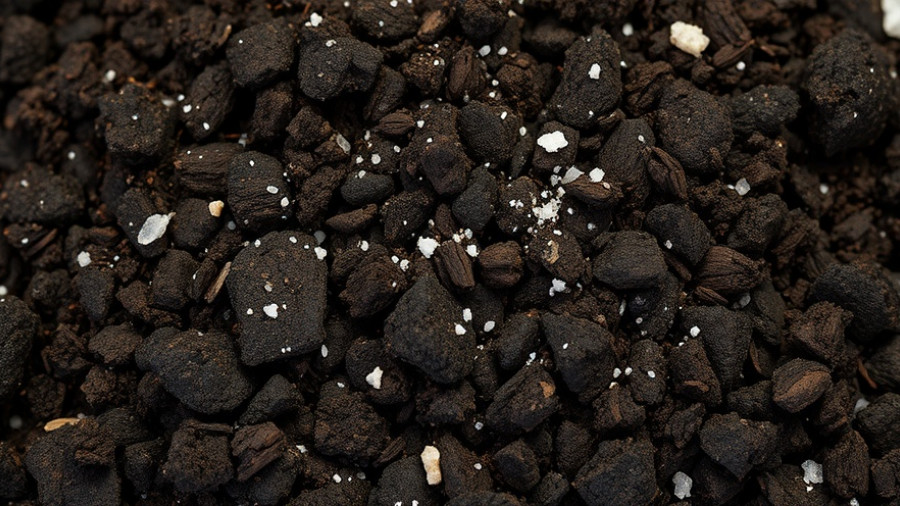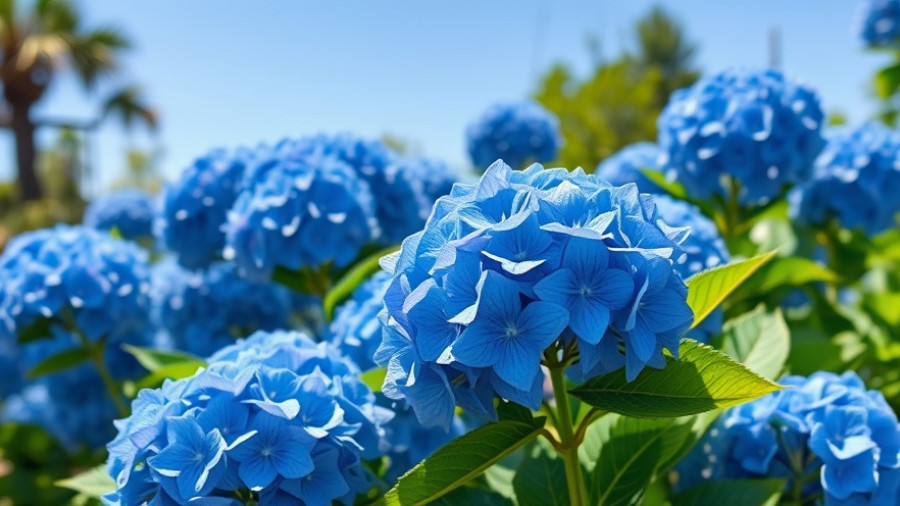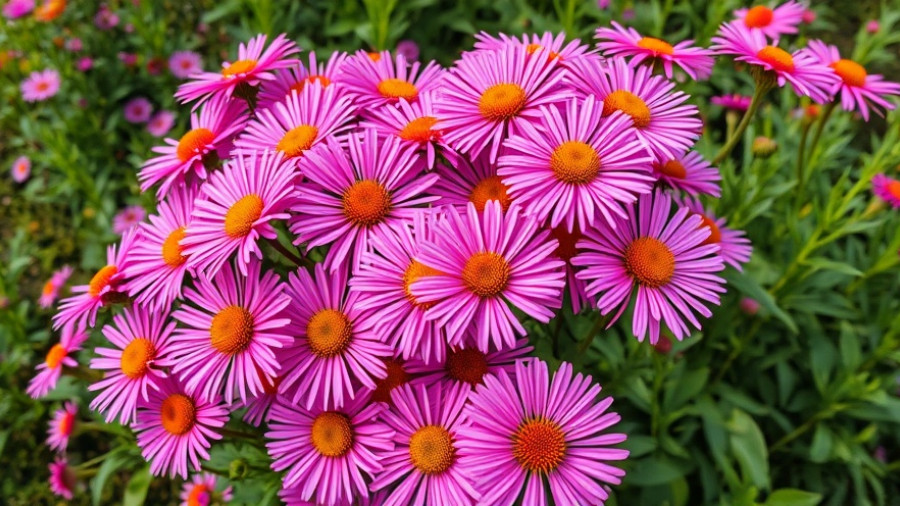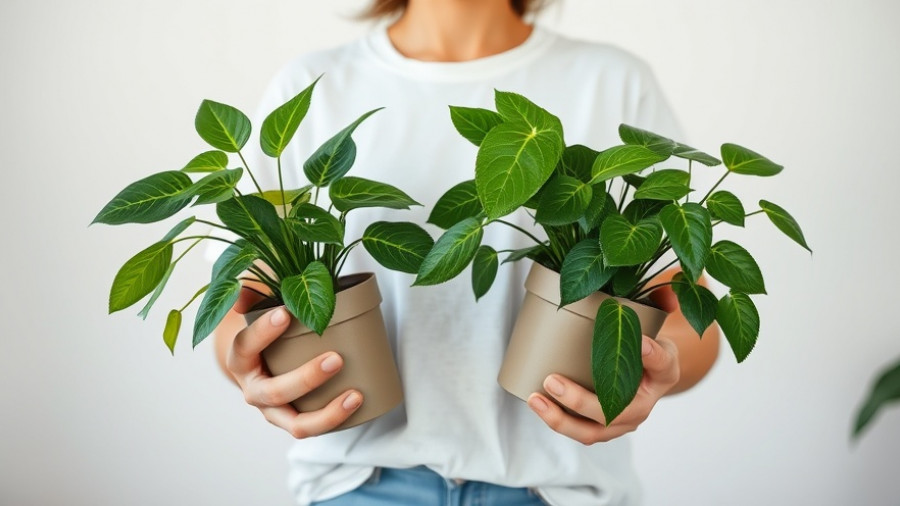
Understanding Soil Remineralization: The Key to Thriving Crops
As gardening enthusiasts, we know the importance of nurturing our gardens to bring forth abundant crops. One crucial aspect of garden management, particularly overlooked during the fall season, is soil remineralization. Catching the opportunity to remineralize your soil as autumn closes in can significantly enhance the health, growth, and productivity of your plants next spring. This process can rejuvenate your soil, replenish essential nutrients, and prepare a robust foundation for your plants to flourish.
The Minerals Your Soil Needs and Why
Healthy soil is rich in nutrients and teeming with microorganisms. To sustain vibrant plant life, soils need a proper balance of minerals. Primary nutrients include nitrogen (N), phosphorus (P), and potassium (K)—often referred to as NPK—followed by secondary nutrients like calcium (Ca), magnesium (Mg), and sulfur (S). Additionally, trace elements such as boron, potassium, and iron play a significant role in plant health.
Interestingly, while most soils contain minerals, they often lack sufficient quantities or the right forms of these nutrients that plants can absorb. Over time, nutrients can leach away or become unavailable due to soil depletion, so ensuring these minerals are available is critical for healthy, productive crops.
Steps for Effective Soil Remineralization This Fall
The fall season presents an ideal window for soil remineralization as it allows valuable time for minerals to integrate into the soil before the growing season resumes. Here are some essential steps you can follow:
- Conduct a Soil Test: Start by testing your soil to identify existing nutrient levels and deficiencies. A comprehensive soil analysis allows you to understand what needs to be added, helping tailor your remineralization efforts.
- Choose Your Amendments Wisely: Incorporate minerals such as rock dust, glacial clay, or azomite—each providing crucial trace elements necessary for plant growth. Remember that each type of mineral has unique benefits and should be selected based on your soil’s specific needs.
- Mix with Organic Matter: Enhancing your soil structure with organic matter, such as compost or biochar, not only fosters the health of your minerals but also encourages the thriving populace of beneficial microorganisms in your soil.
- Allow Time to Mellow: By applying these amendments in fall, you create a window for nutrients to become incorporated into the soil food web, maximizing absorption capabilities for your plants come spring.
Benefits of Fall Soil Remineralization
Enhancing your soil in the fall not only equips it with essential nutrients but also promotes a plethora of advantages:
- Improved Soil Structure: Incorporating minerals and organic matter can greatly enhance soil structure, resulting in better drainage and aeration.
- Increased Microbial Activity: A nutrient-rich soil environment fosters the growth of beneficial microbes, which can help fight pests and diseases, reducing the need for chemical interventions.
- Cost-Effective Preparation: As noted in some gardening circles, preparing your garden in the fall can be accomplished for just pennies per square foot—making it an economically savvy choice.
- Healthier Harvests: A well-remineralized soil contributes to resilient crops that are better equipped to withstand common pests and diseases, ultimately leading to higher yields and more nutritious food.
Planning Your Gardens for Success Next Spring
Ultimately, investing time and resources into soil remineralization in the fall sets the foundation for a successful gardening season ahead. From better crop yields to enhanced nutrient density, the beneficial impact this process has on your garden cannot be overstated. With care and attention to detail, you’ll help ensure that when spring arrives, your garden is ready to burst forth with life and vitality.
Key Takeaways and Action Steps
As you prepare for the transition from fall to winter, it’s crucial to leverage the power of soil remineralization. Schedule your soil tests, consider which minerals your garden will benefit from most, and invest in organic amendments. The reward of a thriving garden come spring will be well worth the investment!
Invest in your soil now to reap the benefits later. Good luck on your gardening journey!
 Add Row
Add Row  Add
Add 




Write A Comment